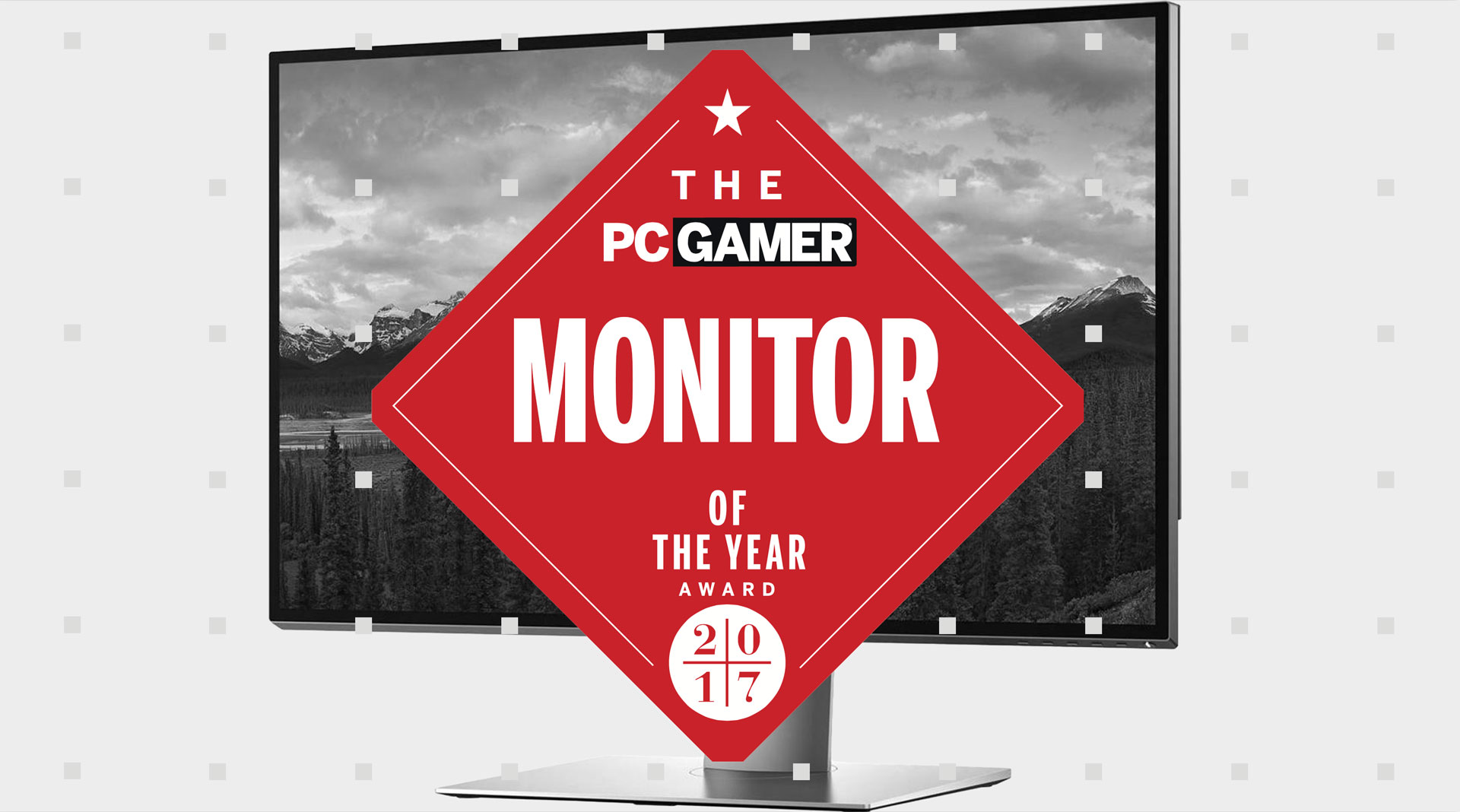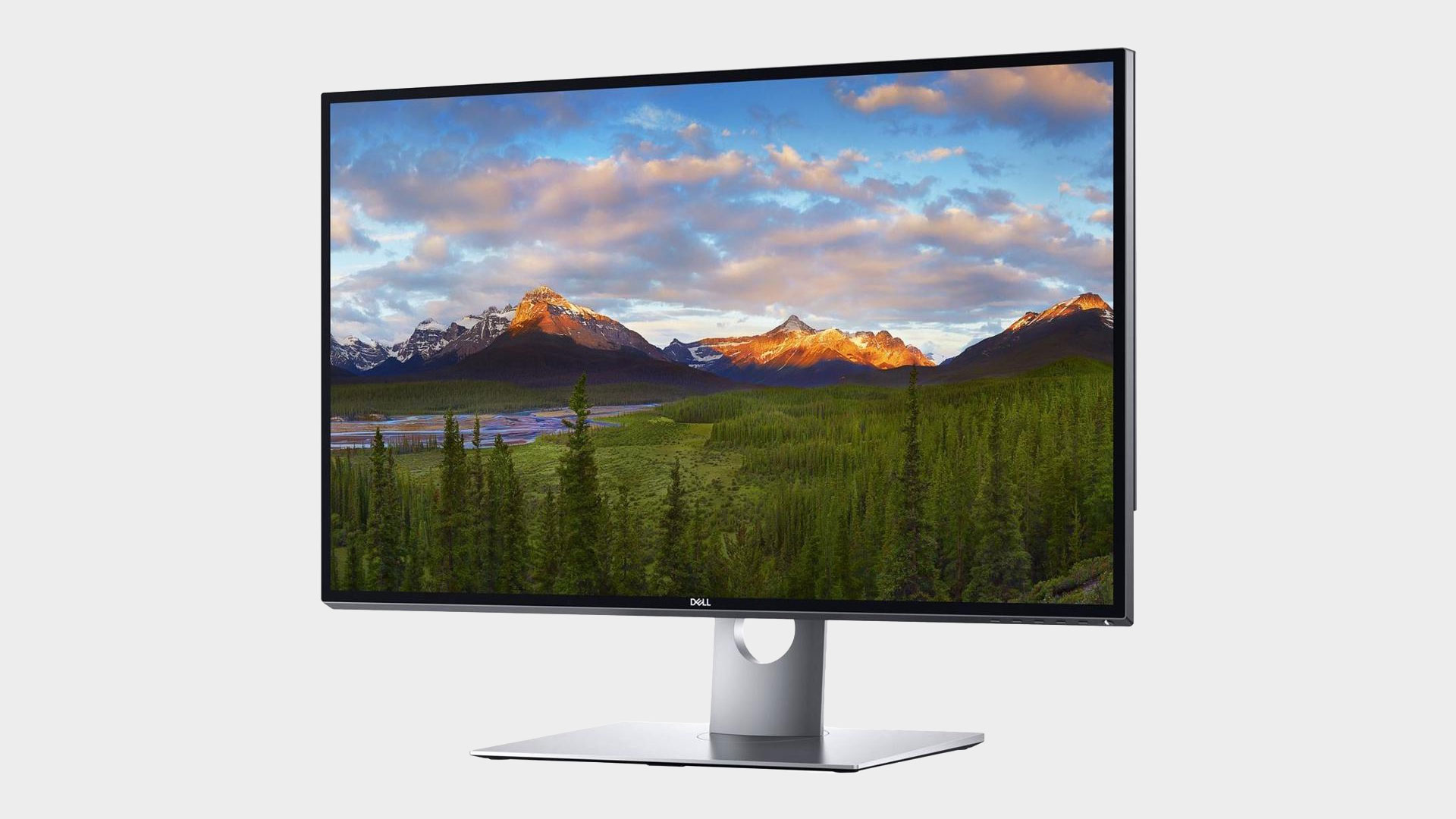Monitor of the Year: Dell UP3218K
Our eyes have seen the glory of the coming of 8K.

We have seen the future, and the future is 8K. Or at least, it's 8K until we get 10K and 16K and augmented reality beamed directly into our cerebral cortex. Our pick for the best display of the year ends up being something that everyone would love to own, but few of us will actually buy—at least not right now. But five to 10 years from now, you'll love it.
Dell's 8K display is absolutely stunning, with a native 7680x4320 resolution, 60Hz refresh rate, a 31.5-inch diagonal, and a PPI so fine that you'll need a magnifying glass to see the individual pixels—seriously, it's nearly the same PPI as a decent smartphone display, even though it's over 50 times the surface area! It has a high quality IPS panel, anti-reflective coating, two DisplayPort connections, and functions as a 3-port USB 3.0 hub.

Check out the complete list of all of our award winners for 2017. (The list will be updated daily as the winners are announced.)
There are only two real problems. First is the price, which even at the now-discounted $3,899 is still extremely expensive. Second, you're not really going to play many (any?) games at 8k right now, and probably won't for some time. We need much more potent GPUs to push 8K at reasonable performance. But this is a look at the future of displays, and we love it. It will blow your eyeballs out the back of your skull.
If you're looking for something more gaming-centric that you might actually buy, the Alienware AW3418DW is a 34-inch ultrawide 3440x1440 G-Sync display that can run at an overclocked 120Hz refresh rate (100Hz stock). It costs about a third as much as the 8K display and should last you the next decade, while we wait for 8K hardware to become practical.
The biggest gaming news, reviews and hardware deals
Keep up to date with the most important stories and the best deals, as picked by the PC Gamer team.
Jarred's love of computers dates back to the dark ages when his dad brought home a DOS 2.3 PC and he left his C-64 behind. He eventually built his first custom PC in 1990 with a 286 12MHz, only to discover it was already woefully outdated when Wing Commander was released a few months later. He holds a BS in Computer Science from Brigham Young University and has been working as a tech journalist since 2004, writing for AnandTech, Maximum PC, and PC Gamer. From the first S3 Virge '3D decelerators' to today's GPUs, Jarred keeps up with all the latest graphics trends and is the one to ask about game performance.


